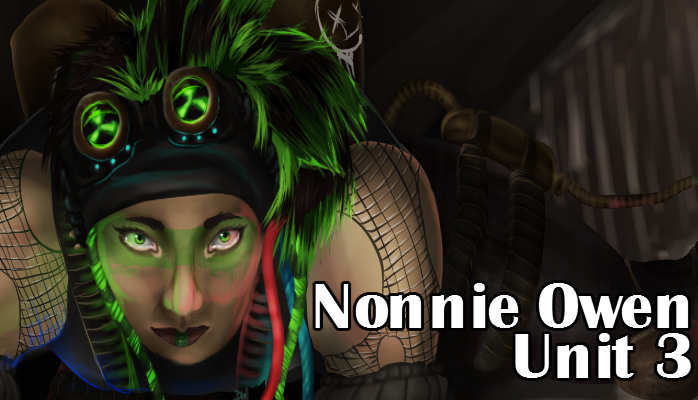One of the things I find the most interesting about comics is how the layout effect how efficiently the comic flows. Even more so, the impact that shape has on a mood.
In the first example, Marvel's Winter Soldier, it is clear how the use of smaller and larger boxes have been used to demonstrate the difference between thought and setting, and the importance each of these have.
The smaller more aligned boxes are the thoughts of the key character, and are used just to show him entering the building. It gives the reader the sensation that they're walking along side him.
The small boxes are then followed by a large box that scales the room that he had entered. The fact it's large implies that the room is open and busy.
I also really like how the use of over-lapping boxes implies time and adds dramatic affect.
The final box of the double page spread breaks away from the quadrilateral shape, by slanting the corners and having it 'roofed'. This creates a sharp edge to the box, which works with the violent colours and gives the reader sense of rushing and urgency.
In the second example, Neil Gibson's Twisted Dark, Neil uses a larger box to give the impression of space and vastness. This works well because the trees in the partition dwarf the character.
He also creates a sense of steady walking by using identical boxes on the second page.
The four boxes balance the page nicely and add a sense of rhythm.
I really like the contrast between the two pages, as opposed to having two pages made of similar composition (as is the first example).
I feel the use of an enlarged box really sets the mood and gives the reader a sense of what it would feel like to be in the main character's position.
In terms of layout, I feel that the first example is more successful as it really displays the emotion of the story it's telling. Though, the use of the same structure can be a little boring, and that is where I favour Twisted Dark. However, the box shape in Twisted Dark has no variants, and so makes it feel almost repetitive. It is here where the Winter Soldier comic surpasses, as it's exciting box shapes and layout (in terms of layers) reflect the atmosphere without fault.




























